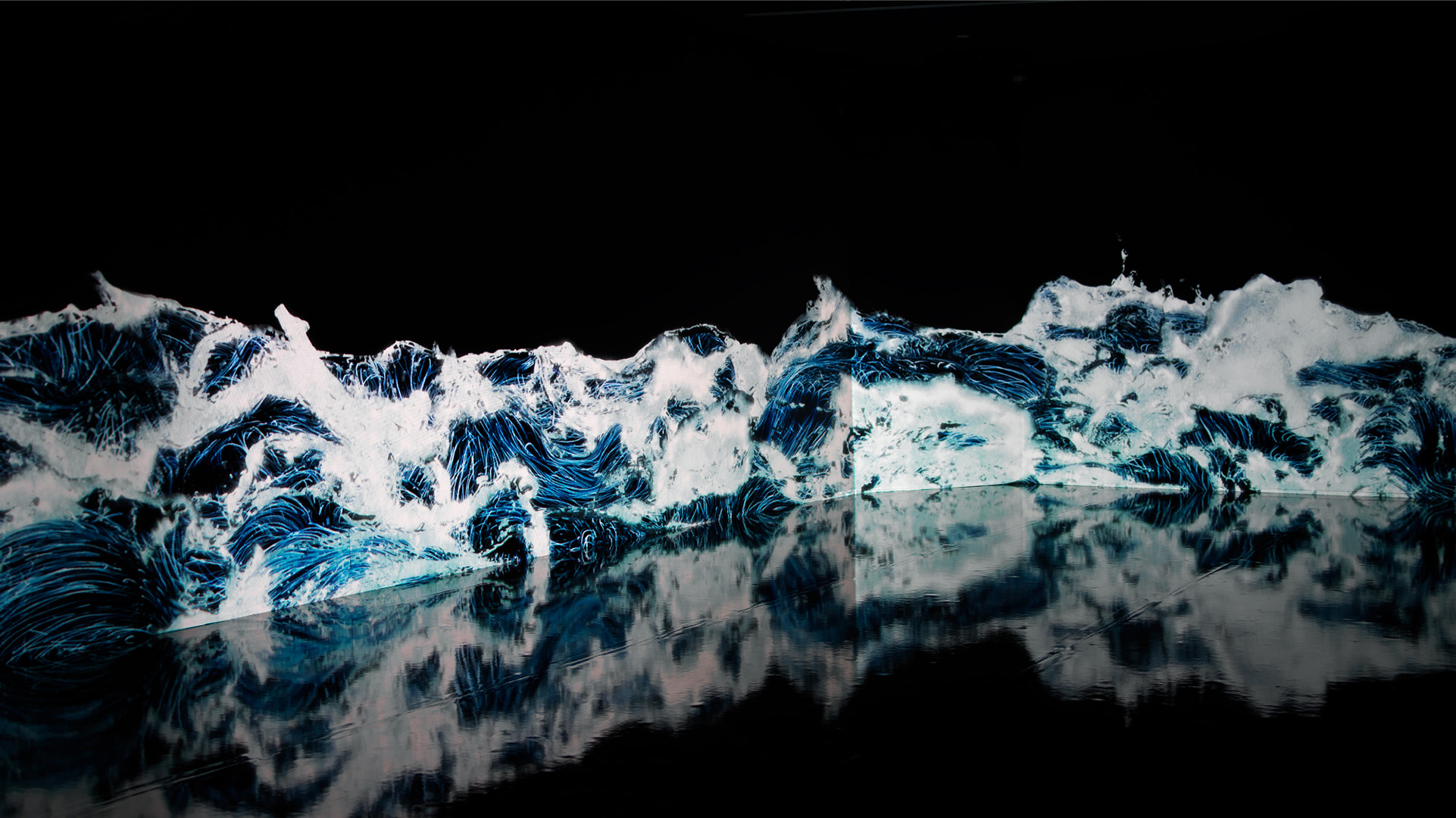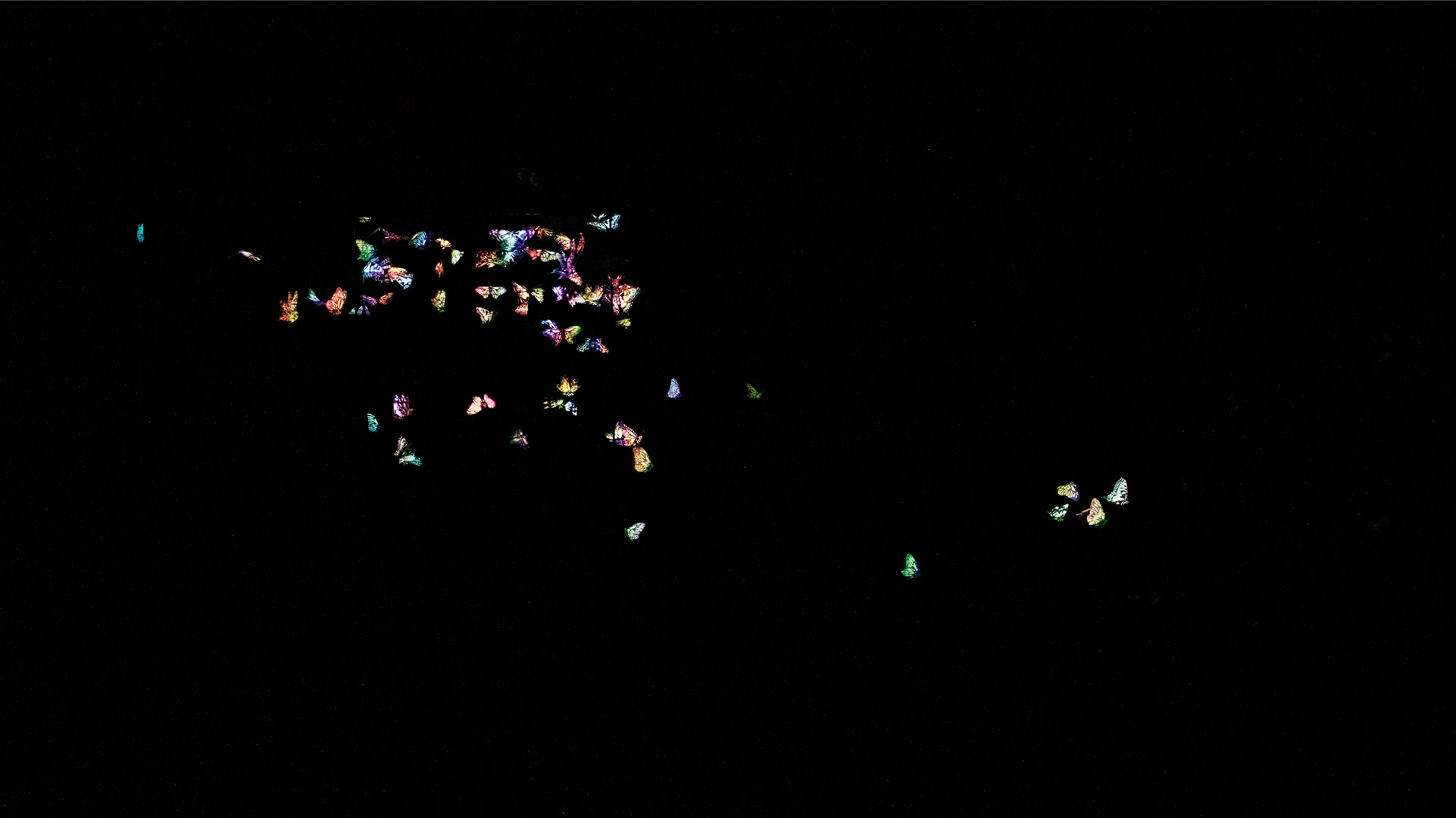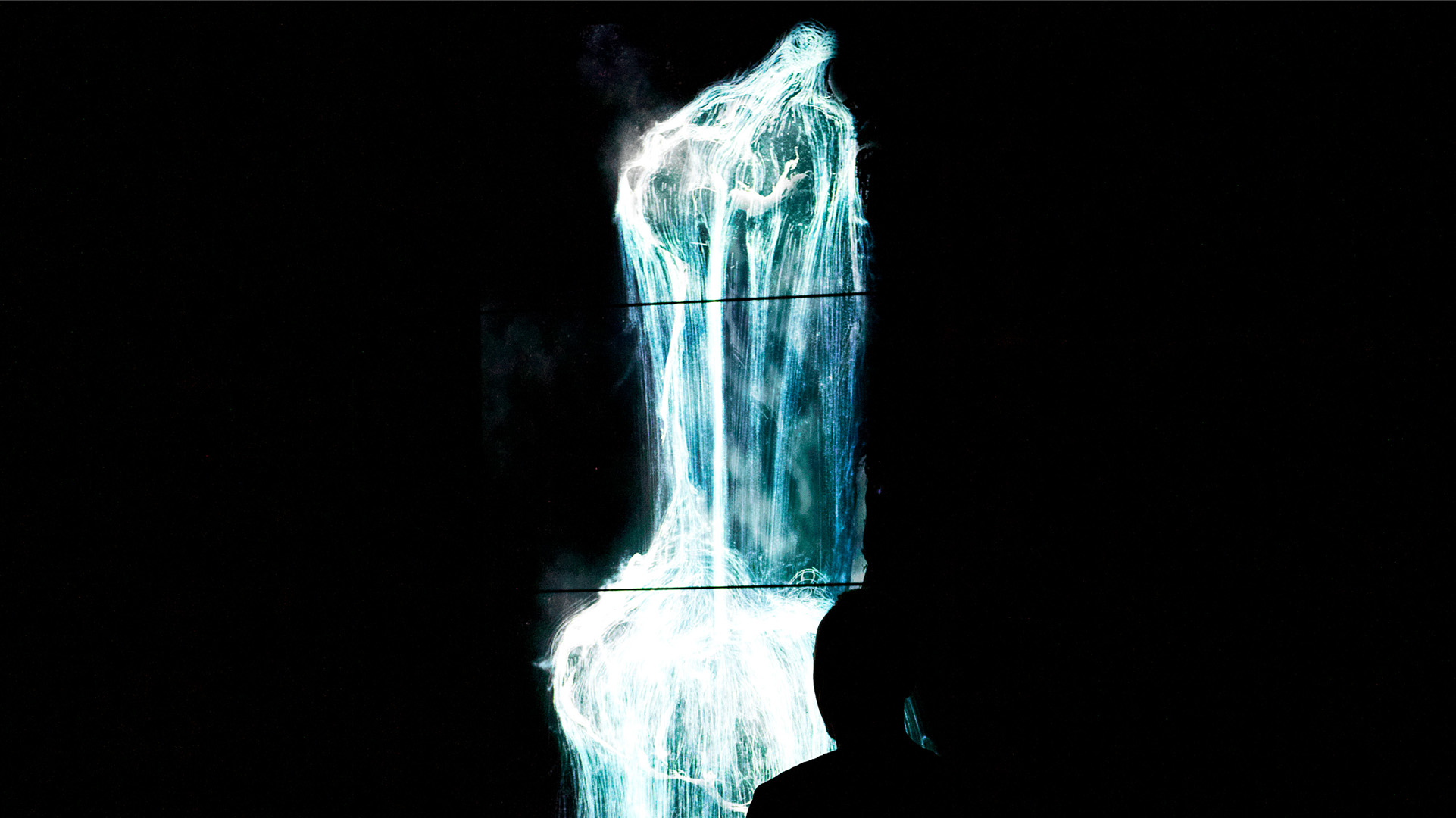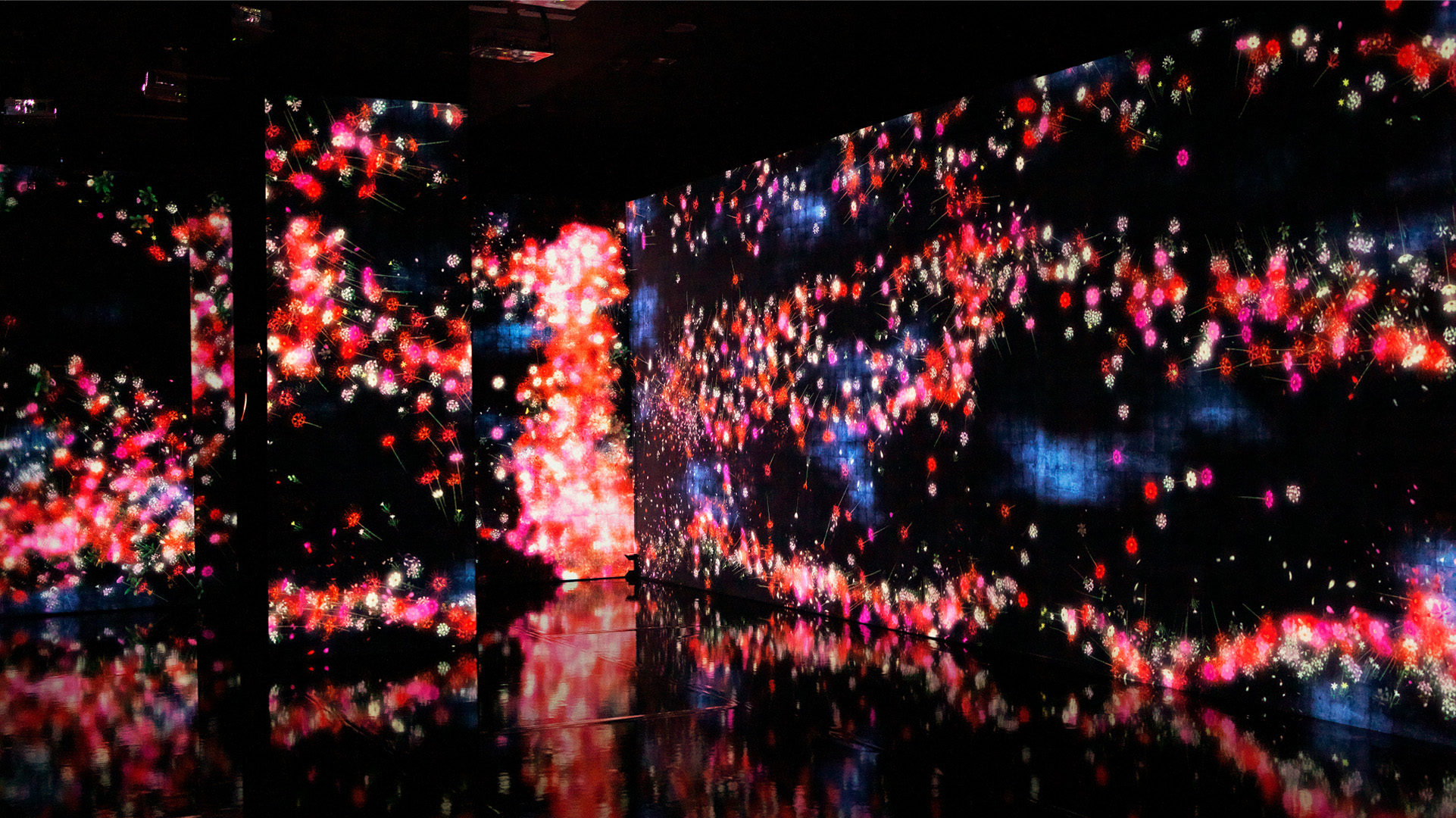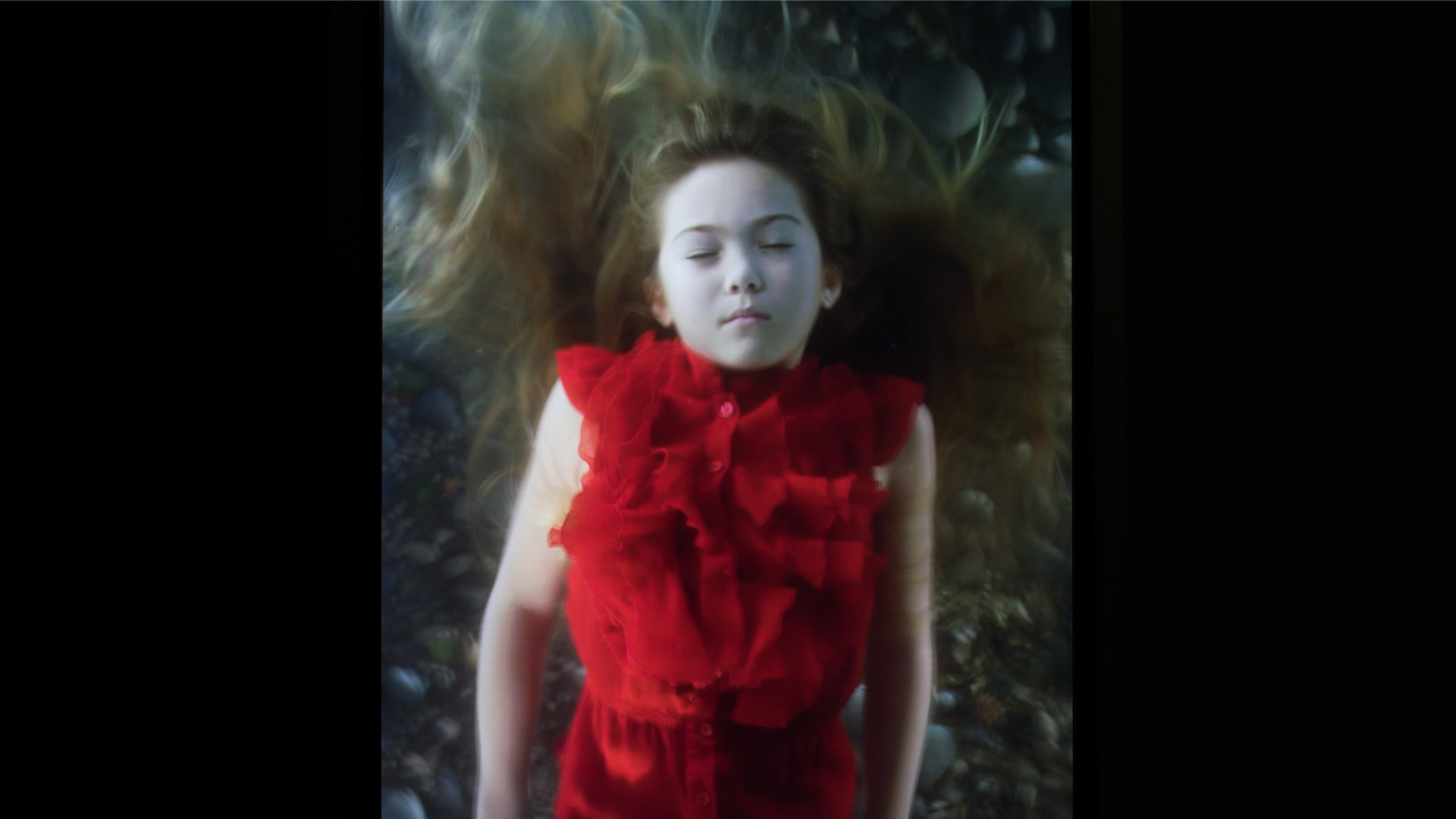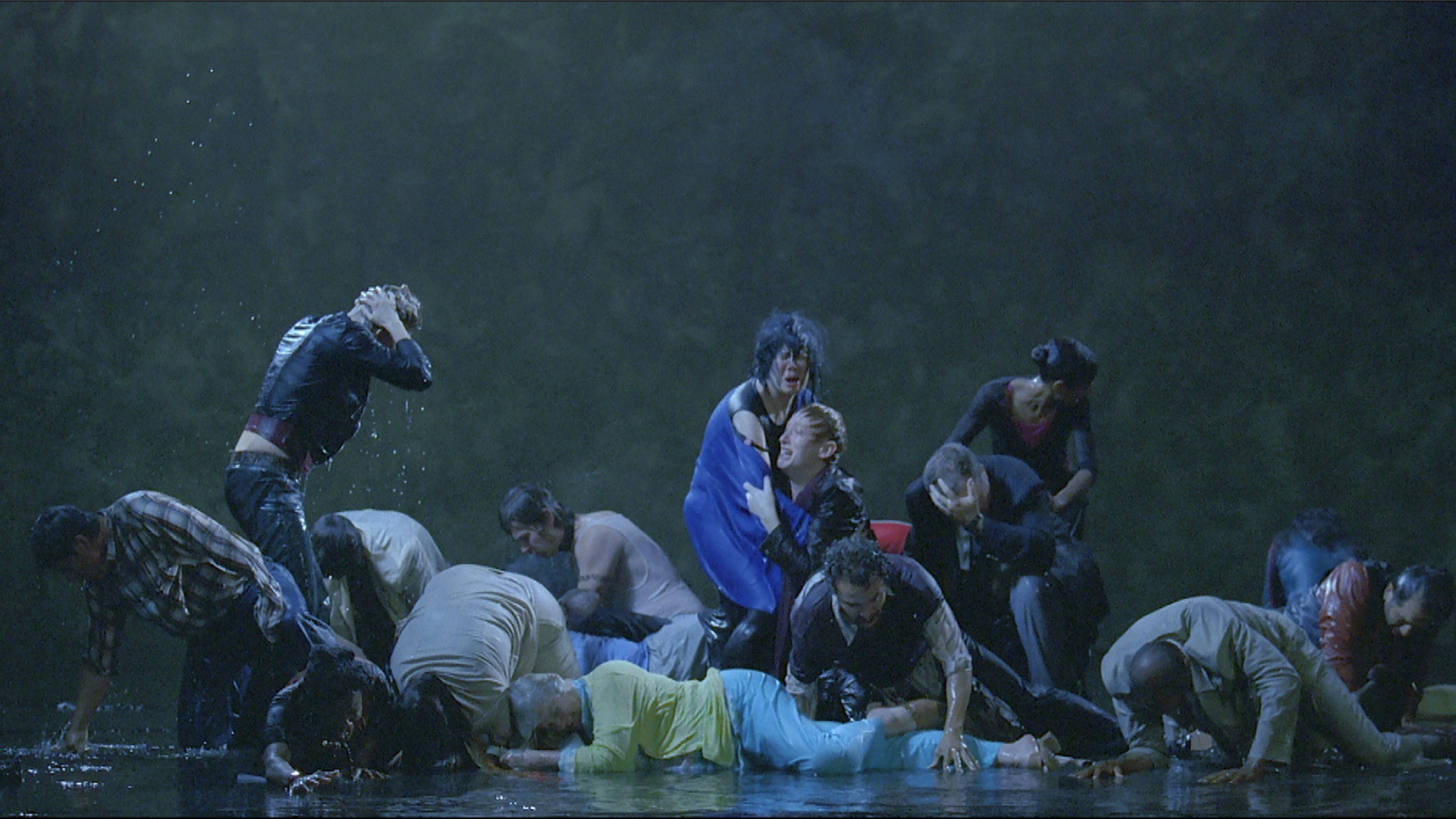Blog
From Tradition to the Future, Humans as part of Nature
15 November 2019 Fri
Borusan Contemporary Art Collection continues to grow and to evolve day by day with both commissioned works and the curatorial selections.
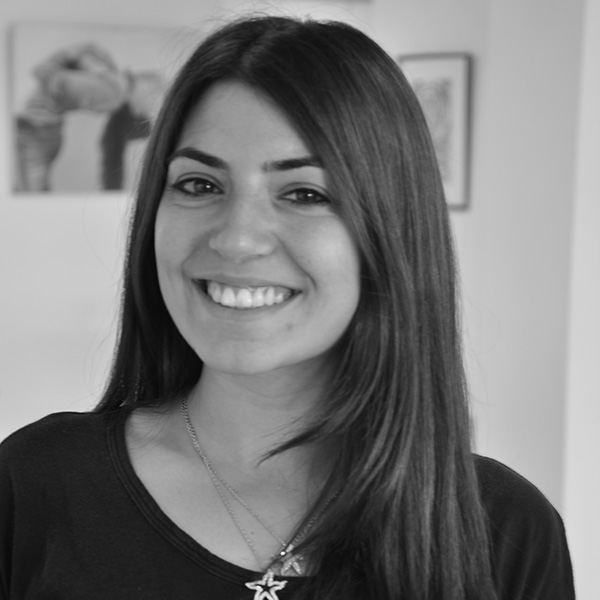
DENİZ CAN
denizdcan@me.com
One of the most important aspects of this process perhaps is for the works included in the collection to retain their contemporaneity. According to M. Reşat Başar, the industrial, social, and artistic transformations that have been quite difficult to trace since the beginning of the 20th century have presented artists with a search for new media and possibilities. 1 The rapidly changing artistic production today and the choices made at times trigger fleeting tendencies in the search for new possibilities, while collections seek to include what is beyond temporary trends. Looking at the Borusan Contemporary Art Collection and reflecting on these works within the context of the contemporary art world, delving into the new meanings they might create take us on an enjoyable journey in the past and in the future.
The exhibition “Between Art and Physical Space”, curated by Charles Merewether, opened at Borusan Contemporary in March 2016. The works all of which drew viewers in and interacted with them included Flutter of Butterflies Beyond Borders (2015, interactive digital installation), The Void (2016, digital work, four-channels), Cold Life (2014, digital work, 7’15”, loop, calligraphy: Sisyu), Black Waves (2016, digital installation, loop), Flower and People, Cannot be Controlled but Live Together - A Whole Year per Hour (2015, interactive digital installation, sound: Hideaki Takahashi) and Universe of Water Particles (2013, digital work, loop), which was then added to the Borusan Contemporary Art Collection.
In order to refresh the memories, it may be useful to briefly mention what the audience encountered in the exhibition. In an interview in July 2016 with teamLab’s Takashi Kudo and Ikkan Sanada, curator Christiane Paul underlines that most of the works consist of installations that include a room that creates visual worlds within physical spaces, and that these installations often have a physical interaction with the audience's presence and body movements. By placing the audience in a position to influence the work, teamLab takes this experience to a different dimension and transforms the audience into a participant with the opportunities technology presents. In an interview with Paul, Takashi Kudo, a member of the artist collective, says they believe that digital can improve the relationship between the work and the audience. Universe of Water Particles establishes a visible link between tradition and the future in terms of both form and content. Separated from the other works in their shared dark room by the endless movement in which the lines play the leading role, the work responds to the ongoing discussions on how to make the movement of water visible with the prescriptions of the past. In an interview with Paul, Kudo points out that natural phenomena in Japanese art are depicted as a result of long observations. It is possible to deduce that the main difference in the description of water between Western art and Japanese art comes from the movement of water.
In Western art, rain is revealed indirectly through puddles and wet pavements, while in the works of Japanese artists, rain is made visible through lines 2 . TeamLab brings the endless movement of nature and water into the dark room with inspirations from the past, creating the feeling that we are not merely placed across a virtual waterfall, but instead water pouring over a real rock. In contrast to the lines used in other images, it is possible to see water splashing, dispersing and flowing in the Universe of Water Particles.
The ability of teamLab, which includes artists, mathematicians, architects, computer programmers and engineers, to create comprehensive descriptions of nature comes from the blending of the expertise of its members across these disciplines. According to the collective, their goal is to establish new relationships between nature, technology and human beings through art; the lines they take over from traditional Japanese art to describe the movement of water in their works presents the opportunity to evaluate water as a living being. This digital technology artwork, which allows viewers to see water droplets as a single living structure, also creates its own contradiction as it is the result of an unnatural production. In today's world where the boundaries between nature and technology, technology and human, human and nature are increasingly blurred, Universe of Water Particles actually allows the idea that these structures, which we think are independent from each other, cannot be thought separated. This work, which was produced in 2013, continues to touch on many contemporary issues such as anthropocene, capitalocene, nature-human-technology relations, which were also the subject of the 16th Istanbul Biennial entitled The Seventh Continent, that was on view in September-November 2019.
As it was mentioned before, the fact that the work depicts nature through the virtual world, which for some is a contradiction in itself and which is inevitable for others, brings to our day the notion of “reality”, which has long been a topic of art and philosophy. The question marks appear one by one as we encounter screens and walls that present nature in a highly realistic manner, confronting head-on the use of natural material in art production. What is the truth? How do we define nature? What separates the virtual from nature? With these questions and more, Universe of Water Particles is intertwined with our own universe. Let us see how the Haunted Mansion, which we are confronted with while traveling to different universes in its dark rooms, will welcome us in the future.
Our journey, starting with teamLab’s Universe of Water Particles, to see how Borusan Contemporary evolves with the exhibitions and additions to the collection will bring us to a completely different work in the coming days. The connections and differences between the works and the various relationships the works establish with the audience will continue to be part of these studies. Thus, it will be possible to see how the predominant theme of nature, woven into the collection, is handled by different artists and collectives.
1- Yeni Sanatçı, Yeni İzleyici, Yeni Sanat Teknolojileri ve Çağdaş Sanat Eğitimi [New Artist, New Viewer, New Art Technologies and Contemporary Art Education], Başar, M. Reşat, Aydın Sanat Year.1 Issue.2 (2015) (103-106)
2- “Borusan Contemporary Art Collection.” Borusan Contemporary Art Collection, vol. 3, pg. 96–98.
ABOUT THE WRITER
Deniz Can joined the creative industries in 2011 in Izmir as the program director of KKSM. She realized the first Art Route events in which exhibitions on a monthly-created road map are discussed during visits with the support of local administrations, cultural institutions, and universities. The event series planted the seeds for the experiential art initiative that she co-founded. Can, who continues her works focused on arts and visitor experience in Istanbul, Izmir and abroad, moved to Istanbul to continue her institutional curatorial practice as an independent curator. She carries forward her academic writing skills professionally following the education she received in American Collegiate Institute, Economy Department in Koç University and Masters in Cultural Management at Istanbul Bilgi University
